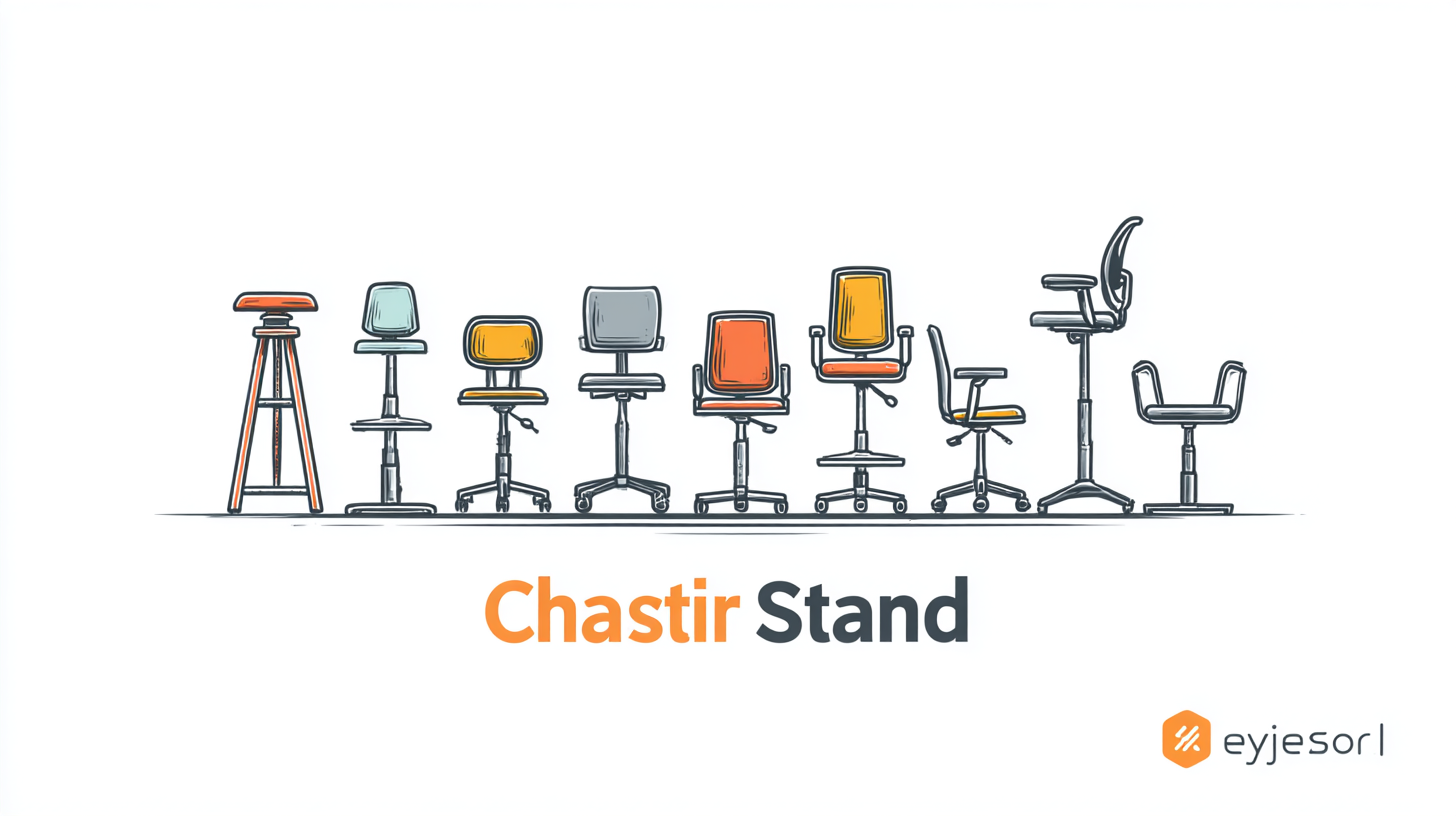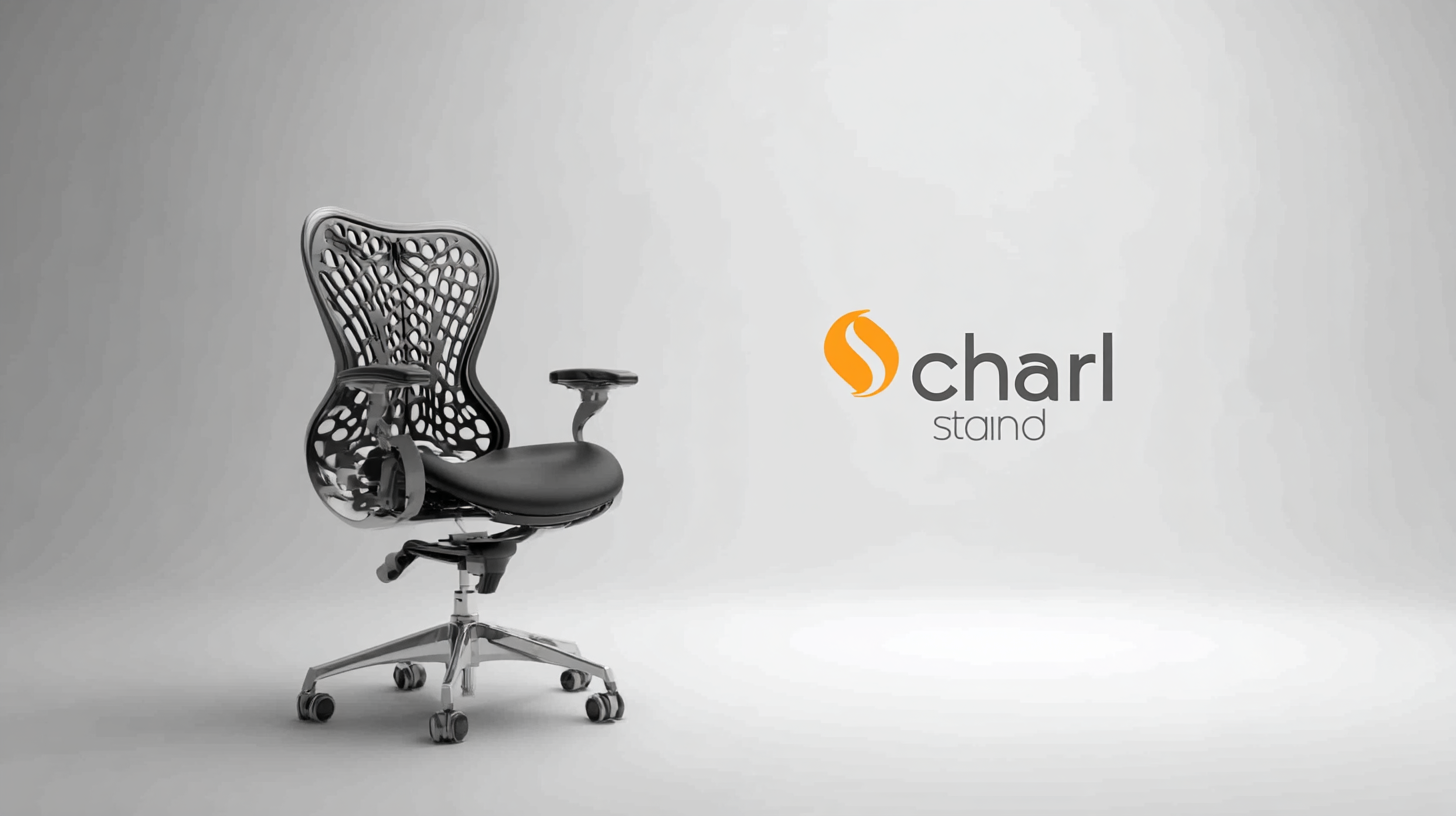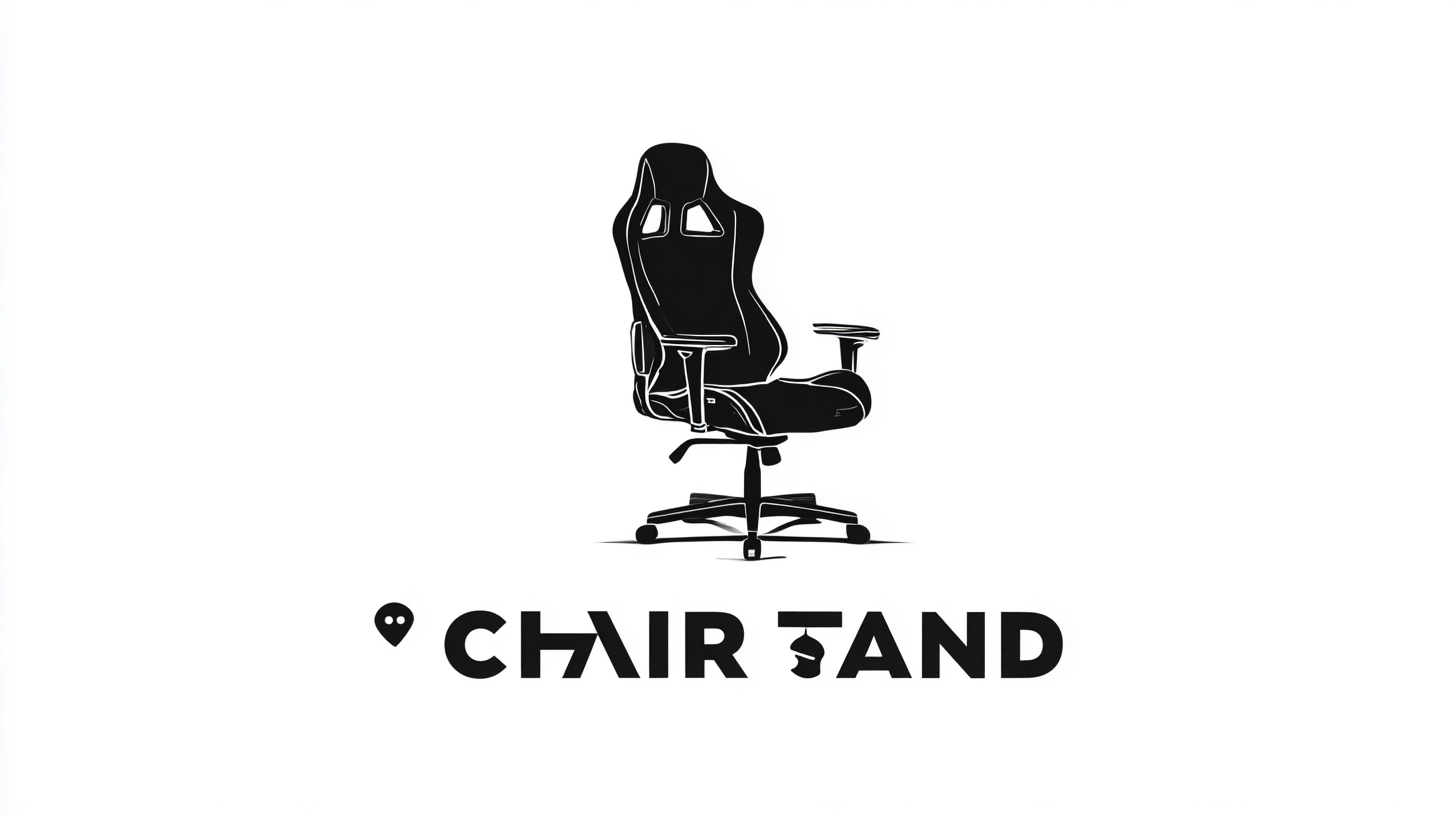

In today's fast-paced work environment, maintaining ergonomic support is crucial for enhancing productivity and overall well-being. A recent report from the Occupational Safety and Health Administration (OSHA) highlights that musculoskeletal disorders account for over 30% of all workplace injuries, often linked to inadequate seating arrangements. Choosing the right Chair Stand can significantly alleviate the strain on the body, promoting a more dynamic and comfortable working posture. Studies indicate that utilizing ergonomic furniture can boost productivity by up to 17%, as employees experience less fatigue and discomfort throughout the day. This blog will explore the benefits of selecting the best Chair Stand, ensuring that you not only improve your physical health but also maximize your efficiency in the workplace.

Understanding ergonomics is crucial in creating a comfortable and productive workspace. A key component in achieving this is the chair stand, which plays a significant role in promoting good posture and reducing strain on the body. An ergonomic chair stand can help align your spine, allowing for a more natural sitting position. This alignment not only alleviates discomfort but can also enhance your focus and productivity throughout the day.
When choosing a chair stand, consider features that cater to your specific needs. Look for adjustable height options, stability, and materials that provide adequate support. A well-designed chair stand should accommodate a variety of sitting preferences, promoting movement and flexibility. Additionally, integrating a chair stand into your everyday routine encourages regular breaks and shifts in position, which are essential for maintaining energy levels and preventing fatigue. By prioritizing both comfort and ergonomics, you can create a workspace that not only supports your health but also fosters creativity and efficiency.

When selecting an ergonomic chair stand, it's crucial to prioritize features that promote optimal support and enhance productivity. One primary factor to consider is adjustability. A report by the American Chiropractic Association states that adjustable seat height can reduce lower back pain by 45%, making it easier for individuals to maintain a healthy posture while working. Look for chair stands that allow for modifications in height, seat depth, and armrest position, catering to the unique needs of each user.
Another essential feature is stability. According to research conducted by the Occupational Safety and Health Administration (OSHA), an unstable chair stand can lead to accidents and distractions, ultimately reducing work efficiency by up to 30%. A sturdy design not only ensures user safety but also provides a reliable surface for sustained focus on tasks. Lastly, materials matter. Ergonomic chair stands made from breathable fabrics and high-density foam padding have been shown to enhance comfort during long working hours, with a study from the Human Factors and Ergonomics Society indicating that comfortable seating can improve productivity by 20%. Thus, when selecting an ergonomic chair stand, be sure to evaluate these key features for the best fit.
When selecting a chair stand that provides ergonomic support, the materials and designs play a crucial role in enhancing comfort and productivity. For instance, wooden chair stands are often favored for their stability and natural aesthetic. They tend to offer a solid structure while promoting better posture through their height adaptability. The warmth of wood can also create a more inviting workspace, contributing to a positive working environment.
On the other hand, metal chair stands typically provide a sleek, modern design that can be both durable and lightweight. These stands often feature adjustable heights and ergonomic contours, making them suitable for prolonged use. Additionally, some metal designs come with cushioning options that add an extra layer of comfort, alleviating pressure points during extended sitting periods. In contrast, plastic chair stands can offer versatility and a wide range of colors but might lack the stability or comfort that the other materials provide. Thus, it's essential to consider these differences in materials and designs to find a chair stand that best meets your ergonomic needs and enhances your productivity.
In the modern workplace, maintaining good posture is crucial for overall health and productivity. Chair stands are designed to promote ergonomic support by encouraging proper alignment of the spine and pelvis. By elevating users to a standing position, these innovative tools reduce the strain placed on the lower back, which is often exacerbated by prolonged sitting. A chair stand sets the foundation for a balanced posture, allowing employees to engage their core muscles and distribute their weight evenly, thereby minimizing the risk of discomfort and injury.
Moreover, incorporating chair stands into the daily routine can significantly reduce workplace fatigue. Standing promotes better circulation and energy levels, contrary to the lethargy that often accompanies long hours spent seated. By alternating between sitting and standing, individuals can maintain their focus and cognitive function throughout the day. This shift not only helps in combating fatigue but also fosters a more dynamic working environment, leading to increased productivity. As companies prioritize employee well-being, investing in ergonomic solutions like chair stands can create a healthier, more efficient workspace.
| Feature | Importance | Benefits | Recommended Height Range |
|---|---|---|---|
| Adjustable Height | High | Customizes to user’s needs | 25" - 35" |
| Material Quality | Medium | Durable and long-lasting | N/A |
| Stability | High | Prevents wobbling and ensures safety | N/A |
| Weight Capacity | Medium | Accommodates different body types | Up to 300 lbs |
| Ease of Use | High | Simple adjustments to fit user | N/A |
Choosing the right chair stand is crucial for maintaining ergonomic support and boosting productivity. When adjusting your chair stand, ensure it aligns with your body’s natural posture. Start by setting the height so that your elbows are at a 90-degree angle when typing. Your feet should rest flat on the ground or on a footrest, which promotes good circulation and reduces strain on your lower back.
Another key consideration is the distance from your chair stand to your desk. Your monitor should be at eye level to prevent neck strain. If you're using a height-adjustable chair stand, regularly alternate between sitting and standing to prevent fatigue and keep your energy levels high throughout the day. Small adjustments, such as changing the angle of your monitor or the depth of your chair, can significantly impact your comfort and efficiency. By fine-tuning these elements, you can create an optimal workspace that supports both your health and productivity.
